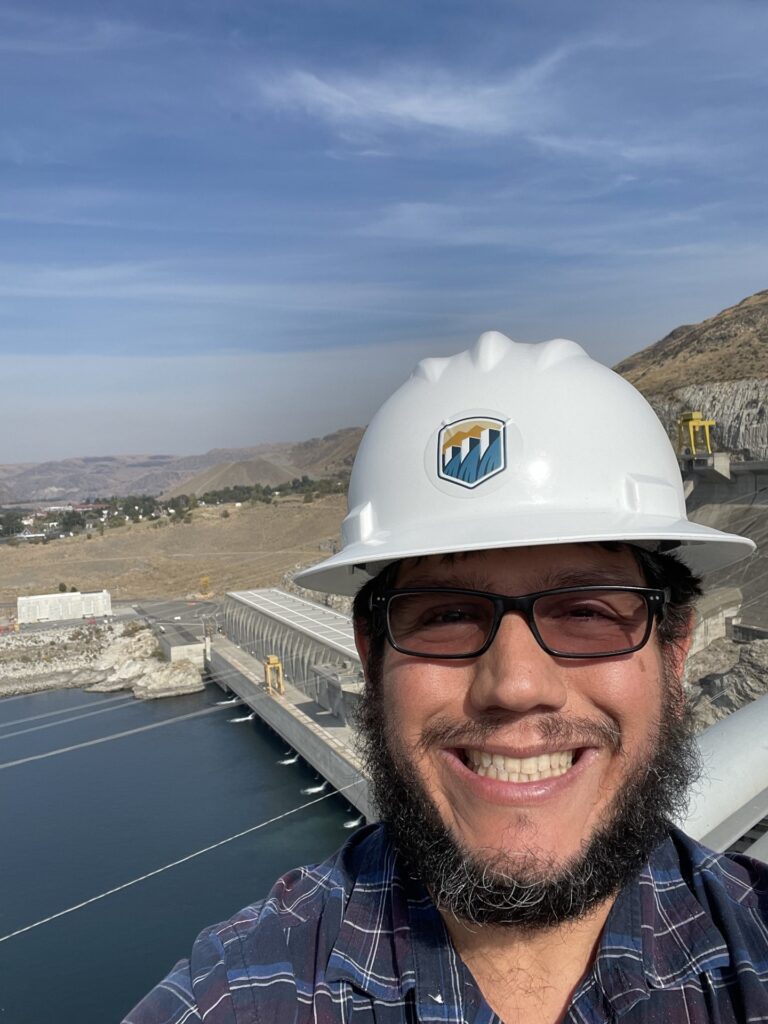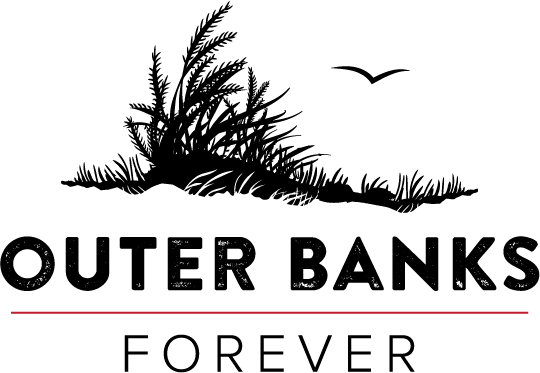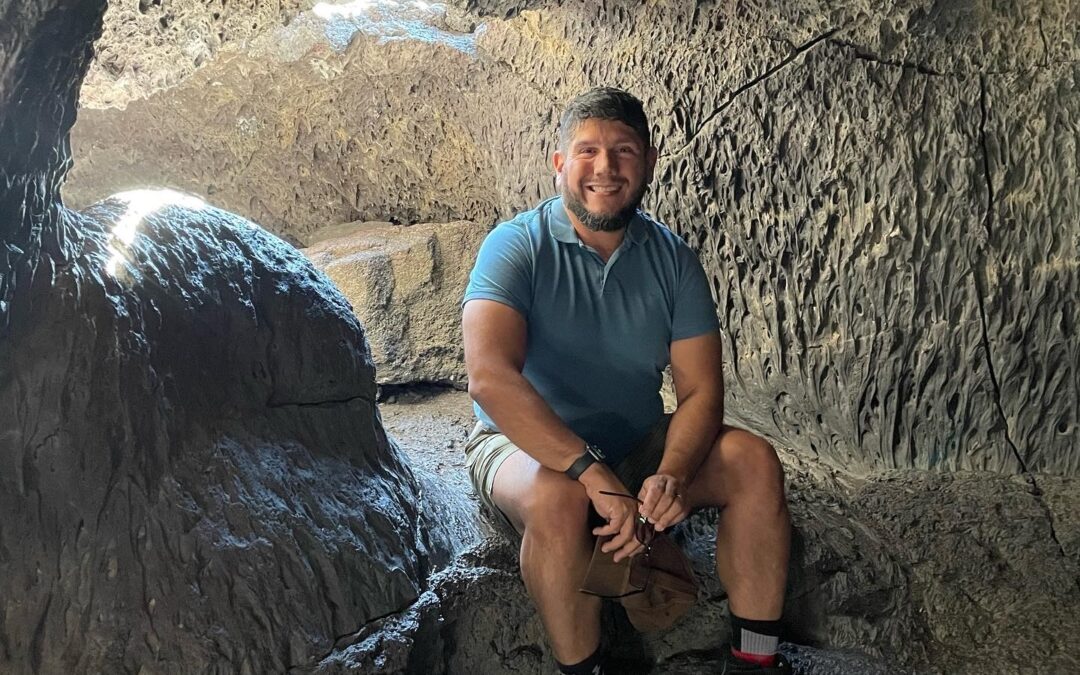Please tell us a little bit about yourself.
Hometown: Miami, Florida
Program of study: I received a Bachelor of Architecture from Cornell University, ’01, and a MSc in Historic Preservation at Columbia University, ‘05. I received my PhD in Cultural Geography from the University of Edinburgh, ‘16, where I studied the historic landscapes of the Peak District National Park.
Position in our Outer Banks national parks: Historical Architect
Where you can be found: My office is at the Museum Resource Center in Fort Raleigh National Historic Site (just across from our amazing archive collections).
Other national parks you have worked at: Yosemite National Park (California), but have also worked for the Bureau of Reclamation as the Historian at Grand Coulee Dam (Washington).

Currently watching/reading: Enjoy watching all types of shows but finished watching a great BBC show called “Bodies” about time traveling loops. And read a great book called “Altered Environments” about the history of the Outer Banks.
What do you like to do in your free time?
I love going on road trips to nearby locales or far off sites —be they eccentric historic sites, enjoying local food fare, visiting roadside museums, or secluded natural areas. You can also find me on weekend city breaks for a bit of architectural encounter.
What do you like most about the Outer Banks?
The incredible diversity of experiences and dynamic relationships with the ocean that has created a unique cultural space to appreciate the natural world and its much longer timekeeping.
How did you end up in your current position with the National Park Service?
I began my NPS career at Yosemite National Park in 2008 as a historical architect working on historic structures reports, drafting buildings for the Historic American Building Survey, and assisting as a resource advisor on prescribed burns. I spent nine years in the UK where, among many things, I was researcher/studio lead at the Glasgow School of Art’s School of Innovation Highlands campus. Most recently, I found my way back to the US via the Bureau of Reclamation prior to coming to the Outer Banks.
What does a typical workday or work week look like for you?
As I work across all three Outer Banks Group parks, a typical week can take me anywhere from being inside the Wright Brothers Monument assessing the granite stones to climbing up the Ocracoke Lighthouse. You can also find me searching through our countless volumes of research materials in our archives including maps, station logs, photographs, and other primary resources.
What do you enjoy most about working in our Outer Banks national parks?
I love the comradery of my colleagues, the beauty of the landscape, and the unique cultural history that the parks share from the lifesaving narratives to the contemporary histories of the region.
What is a favorite memory you have from your time working in the Outer Banks?
One of my favorites memories has been climbing the steps of the Cape Hatteras Lighthouse all the way to the lantern gallery. The view from there not only was beautiful but I could imagine the early lighthouse keepers maintaining the light and watch over the waters, keeping it safe for its mariners.
Why are our Outer Banks national parks important?
The Outer Banks national parks are an important perspective of not only local/regional significance of the environment entanglements, but also a snapshot of the broad historical narratives of the country. In such a small area a diversity of maritime, military, colonial, and innovation histories all are mixed in with such a dynamic place.
Is there anything else you would like people to know about you or about our Outer Banks national parks?
That the parks are here for everyone to appreciate and encourage you to go out and explore a new set of dunes and shores to find your unique story of art, history, and nature.

